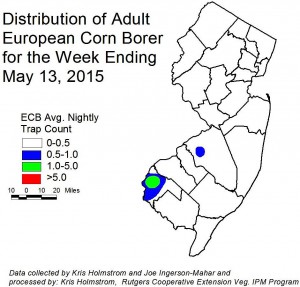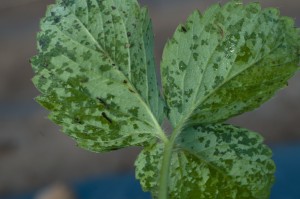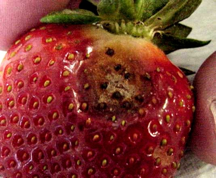Pepper
Bacterial leaf spot – Symptoms of bacterial leaf spot on pepper leaves include small, brown water-soaked lesions that turn brown and necrotic in the centers. Spots may coalesce and form large blighted areas on leaves and premature defoliation can occur. On fruit, brown lesions can form which have a roughened, cracked wart-like appearance. High temperatures, high relative humidity and rainfall favor Bacterial spot development. Loss from Bacterial spot can be reduced somewhat by maintaining high levels of fertility, which will stimulate new growth. Applying a fixed copper (M1) at labeled rates or may help suppress spread. Quintec (quinoxyfen, 13) at 6.0 fl. oz/A is now labeled for the suppression of bacterial leaf spot in pepper in the mid-Atlantic region. Please see the 2015 New Jersey Commercial Vegetable Production Recommendations Guide for more information.
[Read more…]
 Articles in this section contain information helpful to the NJ commercial organic grower.
Articles in this section contain information helpful to the NJ commercial organic grower.



